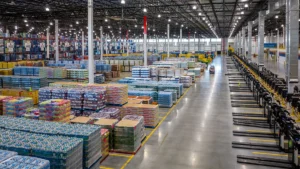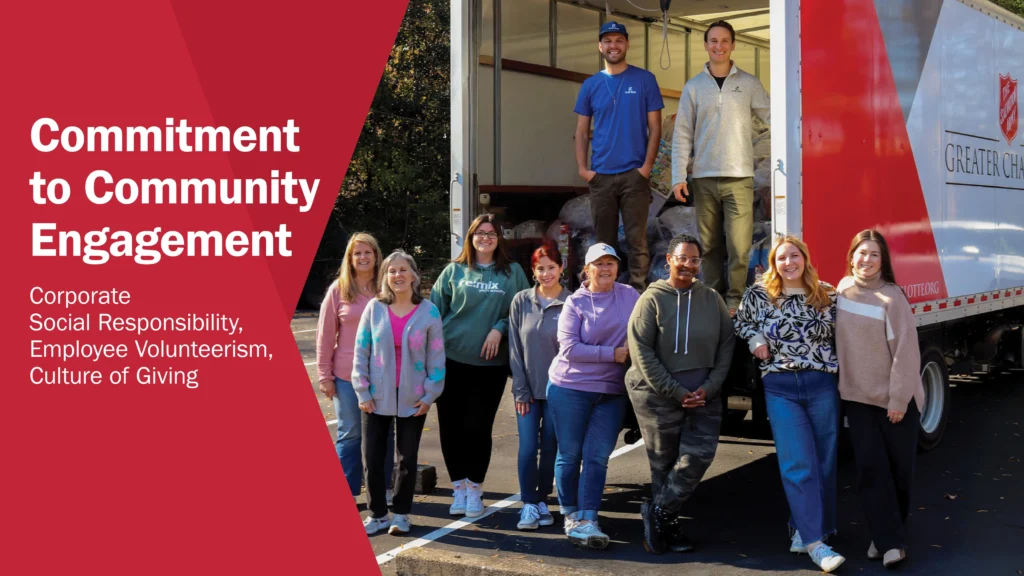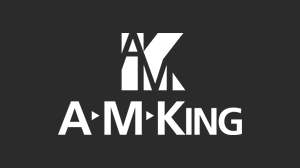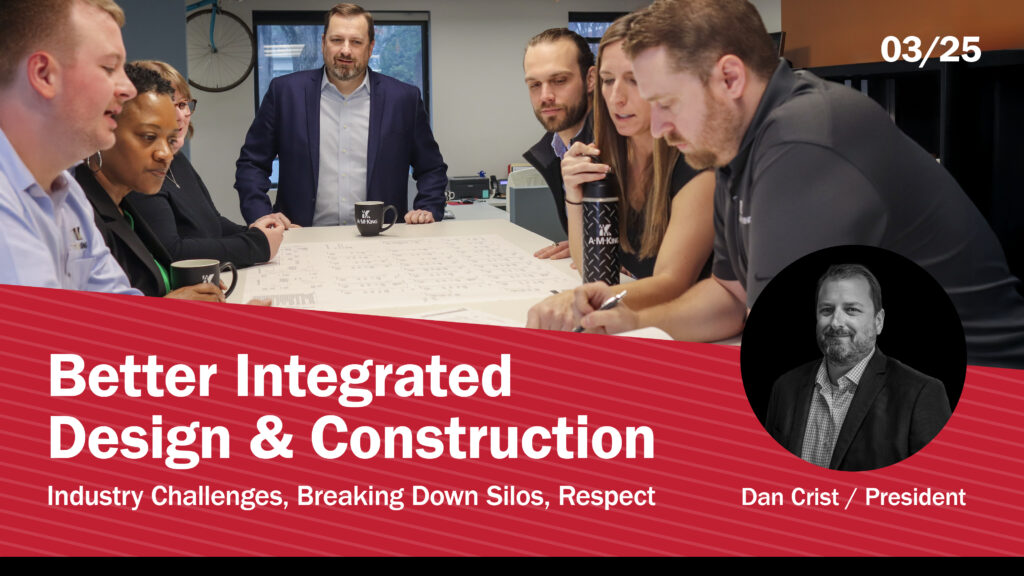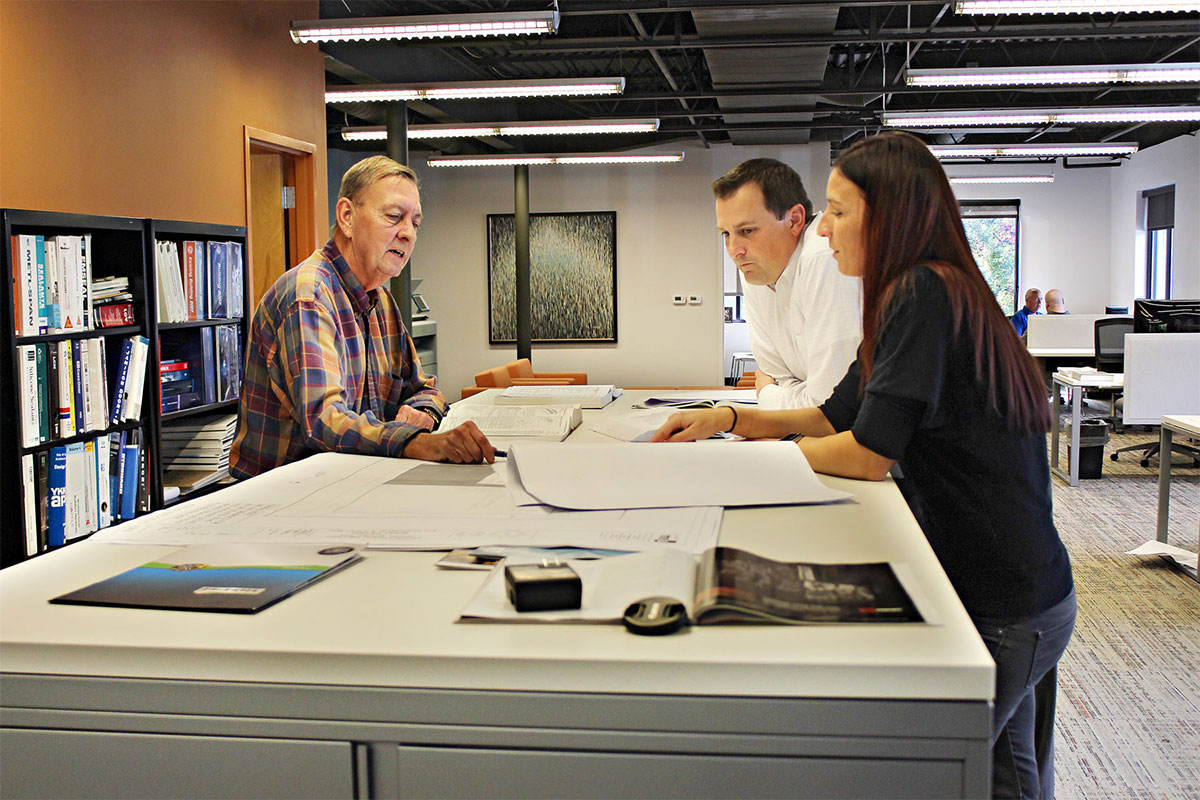
What’s New in Food Safety and Sanitary Design? A Candid Dialogue Between Two Crusty Industry Veterans
Food industry companies have growing pains just like any other type of business. They also have a slew of concerns ranging from FSMA and sanitation to maintenance that may push them to more quickly consider upgrades to the facility or processes, an expansion or renovation, or, if they have the financial wherewithal, to just fold the tent and build a new building. In my 35+ years of experience working on the front end of construction projects, I’ve seen it all—best cases, worst cases and everything in between.
My good friend and colleague, Jeff Tarantino, is an experienced operations and engineering executive who provides high-level planning and development for the food and dairy industries. Our careers intersected many years ago when I called on him for help. Today, we’re tackling some of these tricky issues that we’ve helped companies navigate through the years, with special emphasis on what’s trending now.
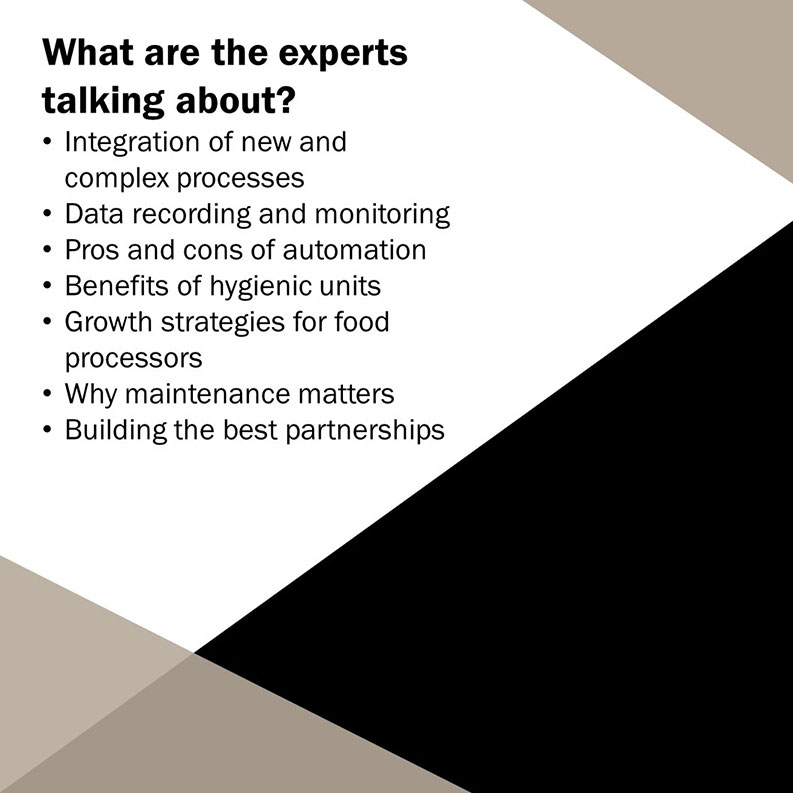
Stuart: Let’s jump right in. I worked with an owner about two years ago when FSMA was gaining traction and he wanted to install wireless access data points. Those wireless devices can reach about 150 feet but they put a wireless access point in every room. There was more wireless baloney above the ceiling that you’ve ever seen in your life.
Jeff: A lot of times when you start to integrate new and complex processes, you end up having other issues regarding maintaining these systems and having qualified people to do that.
Stuart: Yes, especially with all this data recording and new monitoring requirements. Jeff, you’re a better expert on all that than I am, but if something breaks down, you better have a pretty serious brain to work on it.
Jeff: That’s exactly right. I remember working with a company that was making cheese, and the cheese was required to be dipped in brine to cool down but also to intake salt. Not that long ago, they did it manually, pushing this cheese around in a big bath, and they did a great job. Then the company started using an automated system and suddenly realized that these people were not trained to manage the automation.
Stuart: I’ll tell you what happens to the companies that don’t embrace progress. I worked with a small to mid-size company making prepared foods. We suggested hygienic units in the Ready-to-Eat (RTE) area and they said “Well we don’t want to spend the money and we’re only going to work one shift so we’ll have plenty of time for the room to dry.” Guess what? About a year later they’re working two shifts. Now they’ve only got eight hours to sanitize the room and dry out and they can’t do it. The result? Listeria readings two months later.
Jeff: When you start talking about HEPA filtration and pressurization, companies have to make a business decision based on risk assessment. And obviously if a company has been operating for a long time and hasn’t had to worry about recalls, it’s easy to make a decision not to do this. One of the reasons these mom and pops haven’t had any problems is because the sophistication for measuring the problems you could have had was non-existent. But as we get more deeply ensconced in getting more critical as far as bacterial issues, everyone has to change their way of thinking. What seems to be an extreme cost can turnout to be a lessor cost compared to if you had a massive recall.
Stuart: We did a job for an owner of a small, but fast-growing RTE facility. They built a great business—you’ve got to hand it to them—but what happened is they started growing so fast and implementing new processes in this facility haphazardly and all of sudden you’ve got crisscrossing going on, you’ve got raw product passing cooked product, literally in the halls in carts on the trays. It was a mess from a food safety standpoint. They were out of control and they knew it. This was a case where they just started over, but they had the wherewithal to do that. Not everyone does. I think, Jeff, we’re going to see more and more of these smaller businesses get gobbled up by the bigger guys if they don’t spend the money to make these improvements.
Jeff: I think that’s true Stuart. The other problem is that as some build these small additions, trying to integrate all of this into a process flow that makes sense is extremely difficult.
Stuart: I’ll throw out the worse example I’ve ever seen. The owner of a fairly new plant is thinking about an expansion, and this is more about processes than the building itself. So I go to visit the plant and the guy meets me in the lobby and takes me to his office. His office was in the waste treatment plant. Then he says, “Let’s take a walk through the building,” and we go straight to the evisceration area!
Jeff: How about best case? Many times the retrofits we’re talking about are working three shifts a day seven days a week. There simply is no downtime that’s available. In that case I actually helped a company with an expansion where they basically built the addition, put one piece of the process in that addition and that left another area that could be segregated and sequenced through the whole process. It took five years when the smoke was all clear. But when it was done it was done correctly, we had a good process flow and downtime was measured in hours not days. I always live under the premise if in fact you get within 10 percent of your capacity, then you need to start talk about building additions or changing process or something.
Stuart: We didn’t talk about maintenance yet, but I think that really applies here too.
Jeff: You need to have programs, just as you have a program, hopefully, that says your roof needs to be maintained. You don’t just put a roof on and forget it. That same thing needs to occur within the structure as well in these rooms, whether that is an RTE room or raw room. It’s so easy to have a problem without really being aware. Just like putting your equipment on a process right over a drain. Not the smartest thing to do because in reality you need to not only worry about the obvious—where water is draining right beneath your process–but you also need to worry about a program that says you are maintaining your drain system. I know of plants that actually buff out their drains on a consistent basis to be sure there isn’t anything that will migrate from that drain system into the air.
Stuart: One of the things I’ve seen from a construction standpoint on drains is never use a drain that doesn’t have concrete anchors because they rock, and then all of sudden you’ve got that crack around the drains and you can’t see it, but that’s where the bugs will grow.
Jeff: It all really comes down to having the right partnership. Neither the manufacturer nor the design-builders or contractors can exist without the other. The more that people understand that the better off they’ll be.
Stuart: I think a lot has to do with respect. Each person has to respect the other. Everyone has to be working towards some kind of common goal. And one of my common goals since I’ve been doing food work is that I don’t ever want to be associated with a food recall. Period. I don’t want anyone to ever say he was involved in designing and building a building where product was recalled. I’m going to listen to anything that anyone has to say that will prevent that from ever happening.
Jeff: No matter how much time and effort has been put into a new expansion or process, you know Stuart that chances are that something is going to happen that you didn’t quite anticipate. Maybe you couldn’t have anticipated it. This is where trust in the partnership really comes into being, where you all are able to come up with a solution that not only addresses the problem but also doesn’t bankrupt anybody. You have to understand that both sides of the relationship need to make a profit, and that someone isn’t going to take advantage of you because you’re in a vulnerable position.
Stuart: Absolutely. Thanks for joining me today, Jeff.

A senior-level operations and engineering executive, Jeff Tarantino has more than 40 years of experience in the food processing industry. He currently provides strategic planning, process evaluation and capital budget development, as well as individual project development and management for the food and dairy industries. He is also an accomplished jewelry designer and sailor.
What issues are you having with food safety and sanitary design and how have they impacted your company’s growth? Contact us at [email protected]

